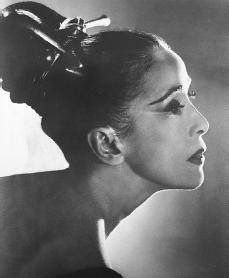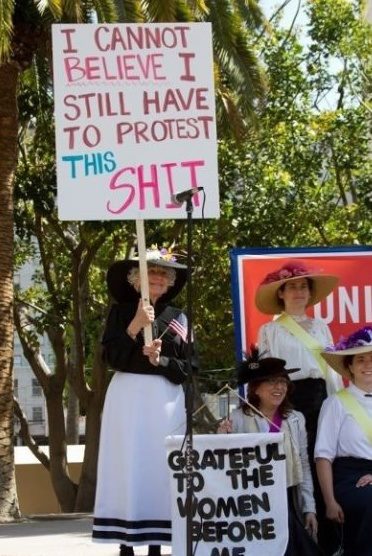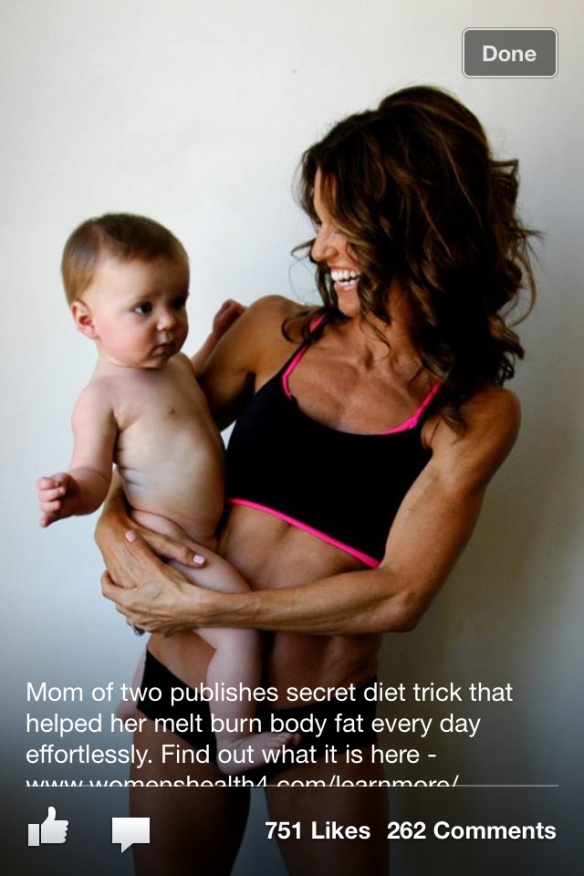https://vimeo.com/7674116
|
Dawn Springer <dawn.springer>
|
|
|
|
|
|
hey aaron,here’s some vid from my recent rehearsal.super raw and pretty messy on my part, but it is the start of two different kinds of movement ideas. 1. accumulations of effort 2. accumulations of speed.i forgot to delete the sound for the first part of the vid so there’s something playing in the background. please ignore — sorry!hope you are having a good week. happy hump day.xoxoxo |
Pure Dance, Pure Finale
By ALASTAIR MACAULAY
 Lois Greenfield
Lois Greenfield
THE CHOREOGRAPHER TRISHA BROWN has made dances worth arguing about for more than 50 years, and for at least 30 years her dances have been loved across the world. Many of today’s best-known choreographers — including David Gordon, Mark Morris and Stephen Petronio — have cited her influence, whether for the poetic fluidity of her movement or for the steely, analytical methods of her choreographic structures. A pioneer of the pure-dance experimentalists of the 1960s and ’70s, she challenged and changed the way we define dance performance.
Between the ’80s and this century’s first decade her collaborators included Robert Rauschenberg and Laurie Anderson, Mikhail Baryshnikov and Simon Keenlyside. And for decades she was a superlative dancer herself, a disarmingly witty artist of exceptional coordination and dexterity.
Yet in December Ms. Brown announced that her next two dances would be her last. Though this news wasn’t a total surprise — she is 76 — it nonetheless brought a complex sense of loss. This week those final works have their premieres at the Brooklyn Academy of Music, alongside revivals of some of her most beloved dances.
What is it like — for her, for her colleagues, for us — to address the end of such a career? How do we react when a beloved artist (as Philip Roth recently did with fiction) says this is the end? Only about a year ago farewells were paid to the Merce Cunningham Dance Company, another vital force in modern dance. Now comes this.
Cunningham and Ms. Brown, both from Washington State, were friends. Ms. Brown studied with Cunningham, absorbed his influence, rejected aspects of it and maintained great admiration for him and his work. Among the world’s foremost dance makers these two led the field in terms of pure-dance movement inventiveness. From the first she accepted some of the radical characteristics of his dance theater (movement for its own sake, independent of music and design) and discarded others (a codified dance technique with academic virtuosity). Now both those chapters are completed.
To follow Ms. Brown’s chapter has been a mind-opening adventure. Each decade has opened a new stage in her creative journey. At all times, though, she’s been a figure of intriguing contradictions. One half of her dance brain has applied itself scientifically to process and experiment. (What if this trio consisted of one person standing still and the other two moving in different degrees of slow motion? What if this solo showed two or more quite separate activities in one person?) As a result of such schematic inquiry, ideas about the connections of space and time in many of her dances have seemed to reflect the perceptions of modern physics.
Her dance brain’s other half, however, has given itself up to the sensuousness of movement. Often she made dance phrases out of ripple-effect chain reactions passing along the limbs and body. A knee-pull led to a wave traveling up the spine, which led to the lift of an arm into an outward gesture, which would suddenly be adjusted by the hitching of an elbow. A tic became a shimmy became a shrug became a push. So much dance is about academic rigor and outstretched lines, but Ms. Brown once wryly described her dance style as “the line of least resistance.”
Her own brilliant, idiosyncratic gifts as a dancer were long a crucial part of her work. True, other important dancers — Mr. Baryshnikov and Mr. Petronio above all — have performed her work beautifully. True, some other companies have mastered individual Brown works with distinction. Even so, more than with most performer-choreographers, you didn’t see all that her work could be if you missed her in it. She took the everyday movement of our pedestrian lives and gave it back to us new.
Ms. Brown moved to New York in 1961. The next year she became a founding member of the avant-garde Judson Dance Theater group, with which she made dances that eliminated bravura, academic technique, acting and musicality, which were the hallmarks of modern dance developed by Martha Graham and others. She went on in 1970 as a founder of another experimental collective, Grand Union, and that year she also founded the Trisha Brown Dance Company.
Working in unconventional spaces and without music was, in those years, her basic condition. When you study the history of what is now called postmodern dance (easier in these days of YouTube), you learn about three pieces that she created in 1971 (before the word “postmodern” was applied): “Walking on the Wall,” “Roof Piece” and “Accumulation.” “Walking” had dancers suspended in harnesses moving sideways along walls, “Roof” spread its dancers across 12 different roofs on 10 different SoHo blocks, and “Accumulation” was a formal study in graduated movement, with repeated phrases building in complexity (like sentences that each time added one new word).
The experimental dance of that era, embodied in those pieces, set itself up against virtuosity. Yet Ms. Brown became a virtuoso of a new kind. In 1978 she took her “Accumulation” solo and embellished it, showing in “Accumulation With Talking Plus Water Motor” just how many simultaneous things could be done. With such works, postmodern dance — as the genre became labeled — came into its maturity.
If there is just one work from this era that deserves to be known as a classic, though, it’s her “Opal Loop/Cloud Installation” (1980). Few pure-dance works have ever been purer. A quartet in silence, it is its own music: the connections and ricochets between the dancers making its harmonies marvelous. Here “the line of least resistance” became gorgeous: a fascinating chain sequence of hitches, ripples, shimmies, hops, knee bends.
But by the time of that work Ms. Brown had already started a new kind of dance theater. From 1979 she made a series of pieces that turned her purity into a new kind of theatricality, sometimes ravishing and generally novel, working with designers like Rauschenberg, Nancy Graves and Donald Judd, and with sound scores and music by Ms. Anderson, Mr. Judd and others. (When asked why she had stopped choreographing in silence, she once replied, “I got fed up with listening to all the goddamn coughing.”)
The names of these works aren’t exactly inviting — “Glacial Decoy” (1979), “Set and Reset” (1983), “Lateral Pass” (1985), “Newark” (1987), “Astral Convertible” (1989), “Foray Forêt” (1990) and “Astral Converted” (1991) — but they excited adoration. (“Set and Reset” and “Newark” will be seen this week at the Brooklyn Academy.) These were still pure-dance creations, with ingeniously inventive choreography, but their music, costumes and décor made them potently theatrical: each had a strong atmosphere in which visual effects and music made contributions.
With these pieces she rightly gained new prestige and international acclaim. By the late ’80s she was having seasons in big theaters like City Center and Sadler’s Wells in London, while she became a darling of the French. This led to her next phase: a new engagement with classical music. Since the ’90s she has sometimes set dance to music by composers like Monteverdi, Bach, Rameau and Schubert. Her “M.O.” (1995) was based on Bach’s “Musical Offering”; with Mr. Keenlyside she staged Schubert’s “Winterreise” in 2002.
Meanwhile she continued to create solos for herself. “If You Couldn’t See Me” (1994) was a wonderful meeting point of her cerebral and sensuous sides. The dance was governed by the idea that her back was turned to the audience throughout; the magic lay in her spine’s fluidity. When in 1989 Baryshnikov turned from being a ballet specialist to a master investigator of American modern dance, Ms. Brown was a favorite collaborator. “You Can See Us” (1996) became a duet; Baryshnikov danced facing front, she still to the back.
Of the many great choreographers who have made New York a haven for pure dance, Cunningham and Ms. Brown were among the brainiest: they were devotees of difficulty, never needing to court an audience. Now that their creativity belongs to the past, the city’s dance life is diminished. Look for vividly inventive dance makers younger than 55 (Mr. Petronio and Mr. Morris were born in 1956), and you find no hint of consensus. Though the names Cunningham and Brown are revered, they and their fertile worlds of pure movement are extremes from which most junior choreographers have retreated.
The questions that arise now include: Which Brown works can and should survive in performance? Which works deserve to become more widely known and loved? How well can they be passed on to dancers who did not know or see Ms. Brown herself? There will be no simple answers. Ms. Brown’s work is not easily codified, and its language may prove elusive to dancers from a generation who did not know the casual body language of the last century. In this century some of the Brown revivals I’ve watched have felt muted: echoes of something I used to love.
Here is a tougher question: How great is even Brown’s greatest work? Like many others, I have loved it and have found its mixture of purity and sensuousness a tonic to the eye and mind. Yet “the line of least resistance” in her style has usually implied a lack of not only rigor but also of drama.
Yet now my mind turns to my favorite Brown work of all, “Set and Reset.” This is a dance whose currents you feel kinesthetically as you watch; you feel it on your very skin, like running water. As I remember it I can hardly keep still in my seat. Its translucent pajama costumes and its décor of screens playing black-and-white newsreel-like collage are among the greatest achievements of Rauschenberg; its score by Ms. Anderson is insidious. Ms. Brown’s dances enriched the era in which we lived. “Set and Reset” is a dance I would want the whole world to see.
|
Aaron Schleicher <aaronright>
|
|
 Apr 29
|
|
|
|
This weekend got totally mangled. HOpe you had a great one. So here is a basic repetitive drone that I have been creating and playing around with, and another more basic one I created. Just wanted to give you something as far as textures and little pieces to start seeing where you’d want to go with it. . When are you free this wee? We can either mess around or hang out with David or both |
|
|
|
|
|
|
yo yo.yes let’s get together. this friday though is out for me. and i need a bit more solo studio time. what does next week look like for you? i am free wed night, or fri/sat really anytime. |
|
|
|
|
|
|
No problem. I just didn’t want you thinking i’m slacking on getting together! : ) Next Wednesday is great, and I can make time on Friday and or Saturday.
|
|
|
|
|
|
|
super kewl.i am in the same boat. god damn if only i could really be a full time artist i’d be so much more productive. someday …i am waiting to hear back from danceworks so i can get into the studio. and then we can plan to meet at your studio next week wed night?we are still slated to have our first showing at danceworks on friday june 14th. is that still cool by you?sending a mini phrase on video your way . .. |
https://soundcloud.com/user658485309/dawndrone





 That kind of self-respect is a discipline, a habit of mind that can never be faked but can be developed, trained, coaxed forth. It was once suggested to me that, as an antidote to crying, I put my head in a paper bag. As it happens, there is a sound physiological reason, something to do with oxygen, for doing exactly that, but the psychological effect alone is incalculable: it is difficult in the extreme to continue fancying oneself Cathy in “Wuthering Heights” with one’s head in a Food Fair bag. — Joan Didion, Slouching Towards Bethlehem
That kind of self-respect is a discipline, a habit of mind that can never be faked but can be developed, trained, coaxed forth. It was once suggested to me that, as an antidote to crying, I put my head in a paper bag. As it happens, there is a sound physiological reason, something to do with oxygen, for doing exactly that, but the psychological effect alone is incalculable: it is difficult in the extreme to continue fancying oneself Cathy in “Wuthering Heights” with one’s head in a Food Fair bag. — Joan Didion, Slouching Towards Bethlehem
 Lois Greenfield
Lois Greenfield






